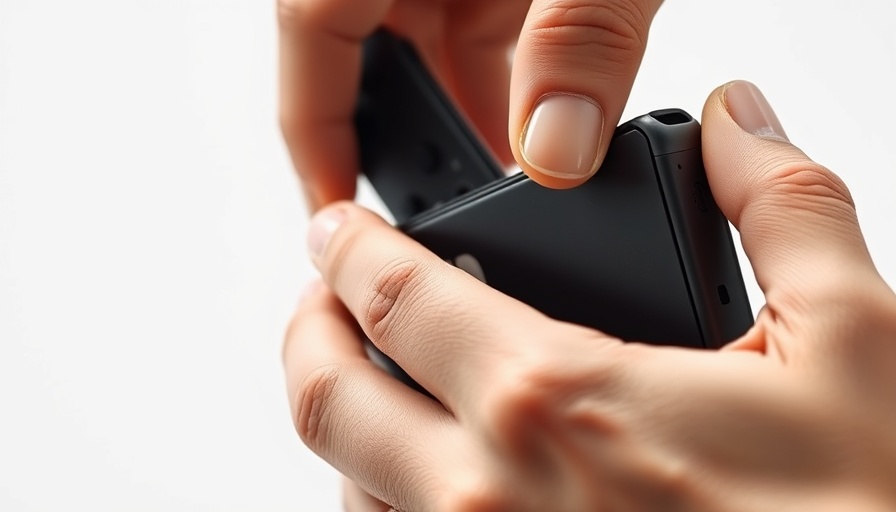
The Nintendo Switch 2: Progress or Setback?
The recently launched Nintendo Switch 2 has generated considerable buzz due to its exciting new features and improvements over its predecessor. Enthusiasts were eager to delve into what this upgrade had to offer. However, a teardown by iFixit has sparked concerns amongst gamers and tech aficionados about one particular issue: joystick drift, a nagging problem that plagued the original Switch, remains unresolved. Drew Barrymore, a gaming enthusiast, expressed her disappointment: "After all the hype, I thought Nintendo would finally tackle the drift issue. It's disheartening to see the same problems still lingering."
What Is Joystick Drift and Why Does It Matter?
Joystick drift refers to the phenomenon where a joystick registers movement even when the user is not touching it. This can lead to frustrating experiences in gameplay, particularly in titles requiring precision. As gaming technology advances, players expect improved hardware along with more reliable controls. It's a major sticking point for dedicated gamers who invest not only their time but also their money into these consoles. iFixit's analysis highlights that despite the supposed redesign of the Switch's Joy-Con controllers, the core technology causing drift has not changed. Why is it important? Because it directly affects user experience and satisfaction.
Repairability Concerns: A Diminishing Trend
Adding to the disappointment is iFixit’s finding that the Switch 2 is even harder to repair than the original. It received a repairability score of just 3 out of 10. Why does this matter? In a world increasingly focused on sustainability, the ability to repair technology should not be taken lightly. The lead technician at iFixit, Shahram Mokhtari, pointed out the absence of repair parts and documentation. "For consumers, this means they might be stuck with broken devices, unable to perform basic fixes themselves," he remarked.
Electronics and Repairability: A Growing Dividing Line
The aggravating news extends beyond the Nintendo brand. As gaming consoles become more complex, companies are finding creative ways to reduce repairability. For example, the PlayStation 5 recently earned a higher repairability score for its segment of the market, leading to questions about the direction Nintendo is heading. While the competition strives for user-friendly designs, the Switch 2 signifies a concerning trend toward less accessible technology.
Industry Insights: What Could the Future Hold?
Dive deeper, and you might think about the implications of these repairability challenges on future gaming technology. With more gamers becoming aware of their rights for repairable devices, it becomes imperative for manufacturers to adapt. We could see a push for legislation favorably impacting consumers, spurring tech companies to revisit their approaches to repairable designs. As stakeholders in this evolving landscape, would-be consumers must be vocal about their demands for quality tech that lasts and is easily repairable.
Beyond the Switch: A Look at the Broader Tech Landscape
The tech industry is at a critical intersection where advancements in devices compete with user experience expectations. As emerging technologies become prominent—be it through artificial intelligence updates or robotics innovations—users demand reliable hardware. Could Nintendo's missteps impact emerging trends? What about its relevance in the broader world of tech news today? As other consoles prioritize repairability and user satisfaction, the pressure mounts on Nintendo for a reevaluation of its practices moving forward.
Final Thoughts
In light of these findings, console players are left with several questions about the future of Nintendo, particularly regarding their blatant avoidance of joystick drift fixes and repairable design. As those passionate about technology culture and gaming, we must remain informed advocates for our rights as consumers. It is crucial to combine our voices and hold companies to a high standard of usability and sustainability. Will Nintendo listen? Only time will tell.
 Add Row
Add Row  Add
Add 




 Add Row
Add Row  Add
Add 

Write A Comment